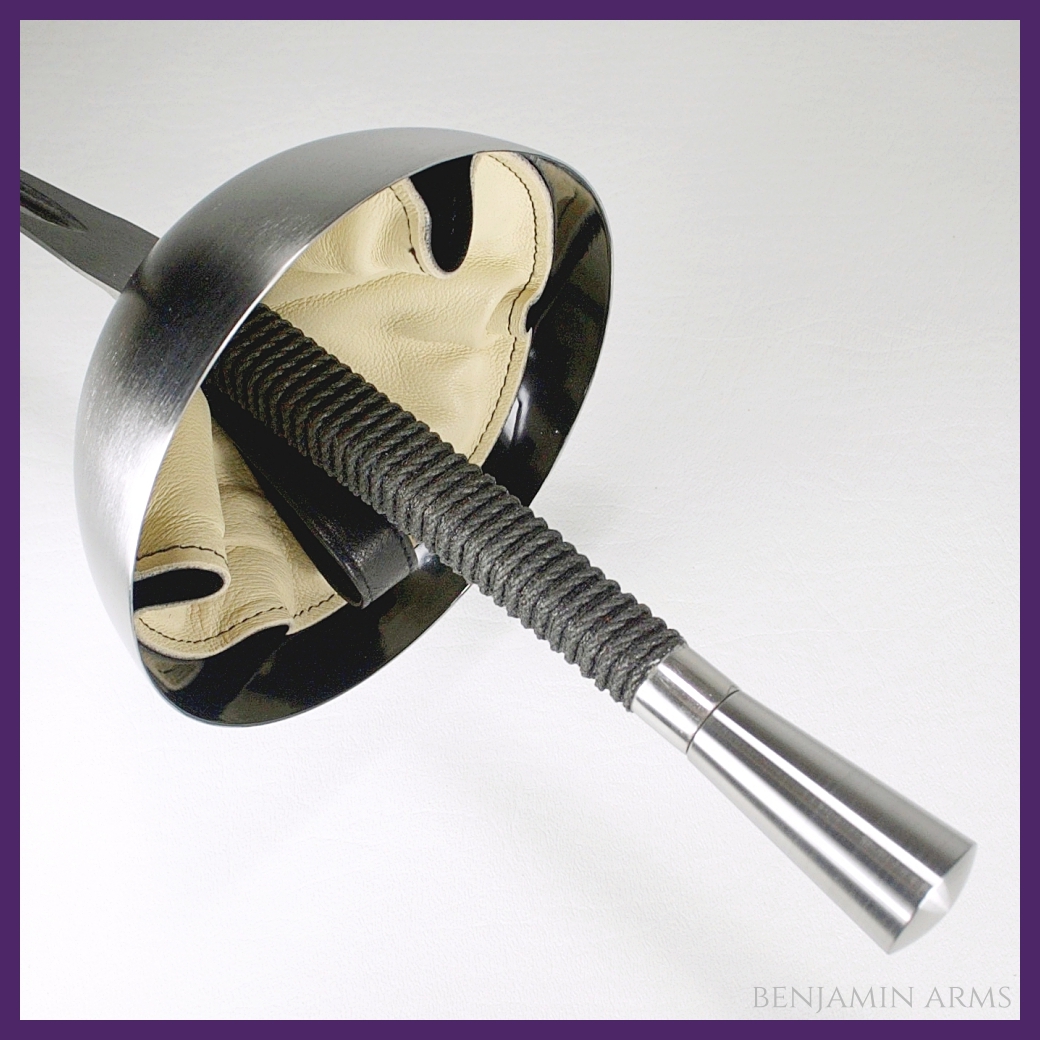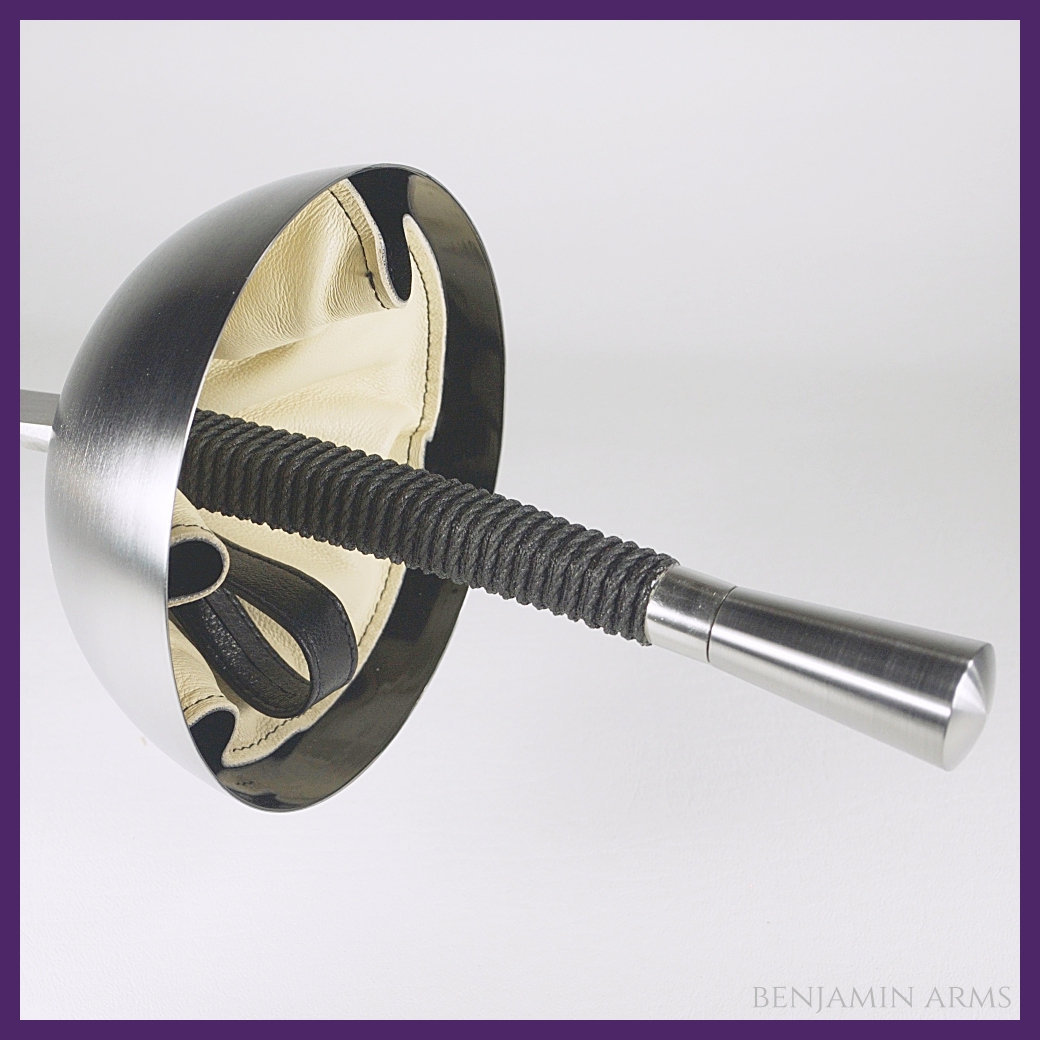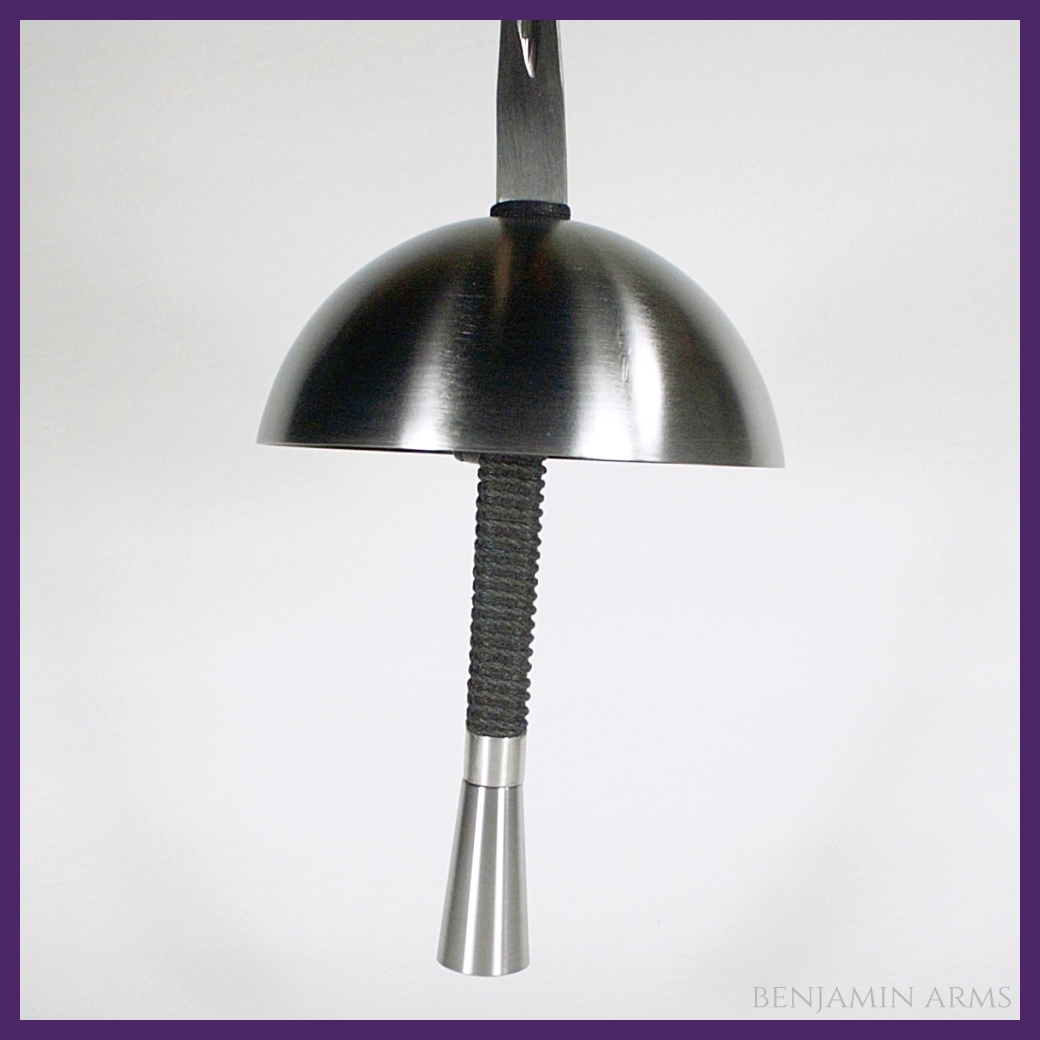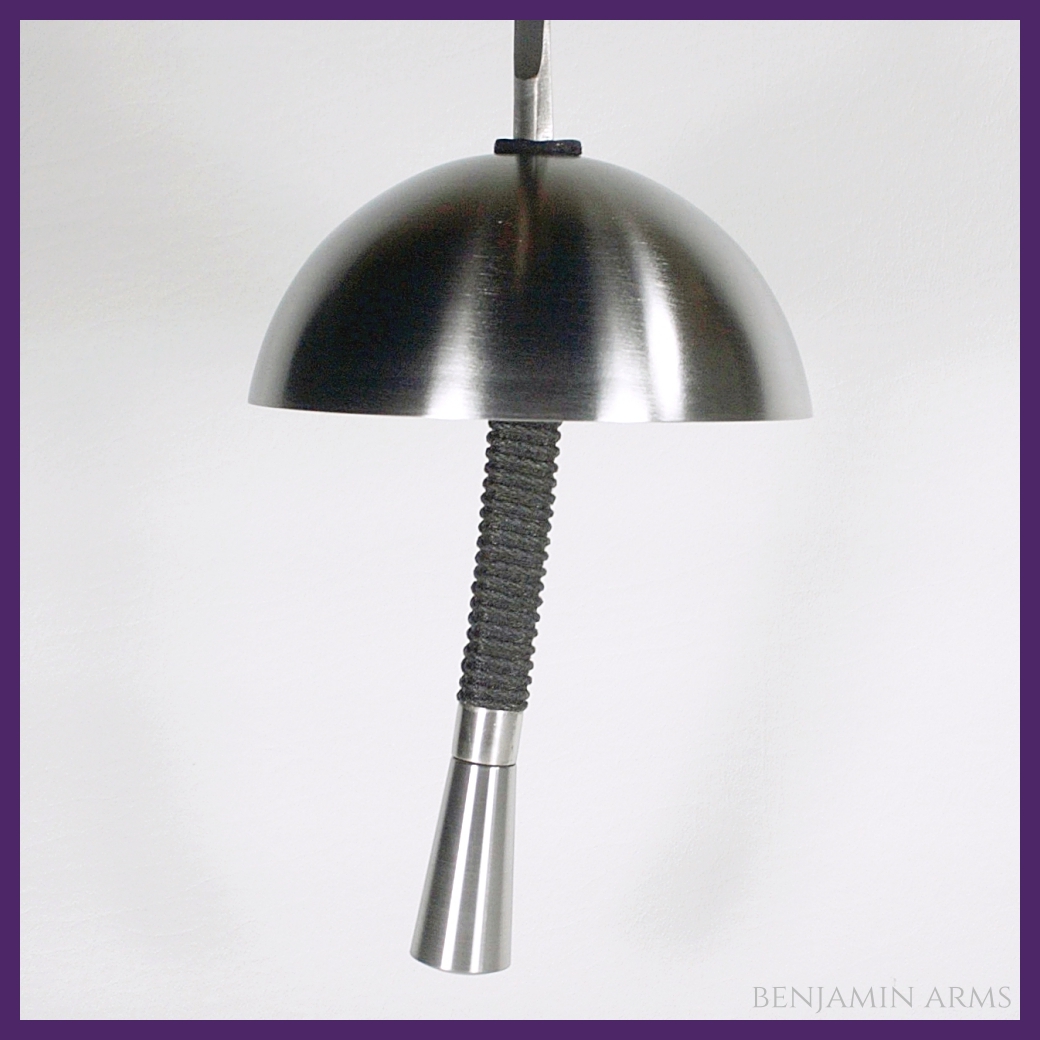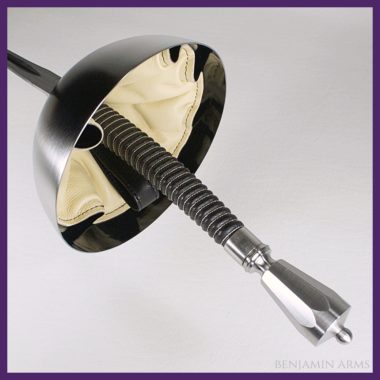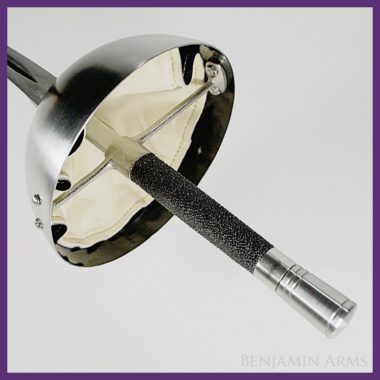$319.95
Description
The Classical French Epee is designed for all levels of fencers. Its hand-crafted construction, traditional materials, and authentic design lets you learn and perform with the best sword that won’t lose value as you improve in skill.
French Epee Fencing Origins
19th century French fencers learned foil in part because those skills may be employed on the dueling ground. Fencers applied foil principles and techniques with the longer and sharpened dueling sword. Fencers did not train with the dueling sword itself until the late 19th century. Dueling was falling further out of favor, and foil fencing became overly academic and unrecognizable from its original purpose. Masters introduced an unsharpened epee for fencing to revive the original intent of the foil. We now call this epee fencing, but it’s simply conservatively and martially calibrated foil technique to overcome the perils of the dueling ground. Our Classical French Epee resembles the appearance and handling of a dueling sword for fencing in this classical method.
Designed by French Fencing Masters
Though built by Benjamin Arms, the design of the Classical French Epee originates masters of the last 150 years. Claude le Marche in 1898 and George Dubios in 1913 recommend guards around 13cm in diameter. The 13cm specification survived well beyond those gentlemen and into the United States with Julio Castello recommending a 5.25″ epee guard (13.3cm) in 1933. Claude le Marche further recommends a cord-wrapped grip and conical pommel. The grip, martingale, and cushioned finger pad were patterned from surviving antiques. It’s not Benjamin Arms that recommends this epee for French fencing, but rather the masters and armourers of the past.
Training with a Point d’Arret
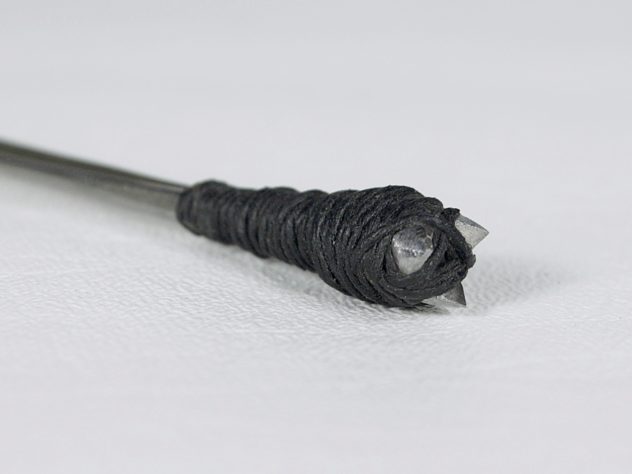 Our Classical French Epee has a point d’arret attached to the point of the blade. A point d’arret is a small crown of three protruding teeth attached to the blade’s nail head with waxed thread. They simulate a sharp point by latching onto the fabric of the jacket and lead arm. Point d’arrets have been mentioned and recommended by many fencing masters since the 19th century. Using point d’arrets gently remind fencers of the purpose and consequence of wielding sharpened swords.
Our Classical French Epee has a point d’arret attached to the point of the blade. A point d’arret is a small crown of three protruding teeth attached to the blade’s nail head with waxed thread. They simulate a sharp point by latching onto the fabric of the jacket and lead arm. Point d’arrets have been mentioned and recommended by many fencing masters since the 19th century. Using point d’arrets gently remind fencers of the purpose and consequence of wielding sharpened swords.
Traditional Construction
Benjamin Arms builds all weapons to exacting specifications determined by the desired handling characteristics, school of fencing, and aesthetic tastes. We hand-carve shock-absorbing wood for the grip’s core to diminish vibrations from the blade into the hand. Each hand-fit component make a strong and durable French epee for consistent and reliable use.
French Epee Sizing
Our French epees have long 35″ blades. This 35″ blade became standard among duelists regardless of height. Our Classical French Epee has a grip customized to the user’s hand size. Always consult your instructor first for their recommendation on grip size. We give our recommendations below. Our recommendations for epee grips are longer than on foils because most masters recommend long epee grips. To measure for grip length, measure the hand from the tip of the index finger to the first crease of the wrist.
| Hand Length (in.) | 6.00 | 6.50 | 7.00 | 7.50 | 8.00 | 8 + |
| Grip Length (in.) | 5.00 | 5.25 | 5.50 | 5.50 | 5.75 | 5.75 |
Specifications
- Hand sharpened point d’arret point
- 35 inch, #5 French epee blade
- Left or right hand canted
- Spun steel guard with black Interior enamel coating (13cm diameter, 6cm deep)
- Ivory-colored, cushioned Italian lambskin finger pad
- Two-finger black leather martingale
- Variable length grip, wood core wrapped with hardened cord and dyed black
- Steel grip ferrule (end-cap) matching pommel diameter
- Machined conical pommel with 6x1mm threading
- AHF tournament compliant
Additional information
| Orientation | Right Handed, Left Handed |
|---|---|
| French Grip Length | 5.00 inches, 5.25 inches, 5.50 inches, 5.75 inches |
